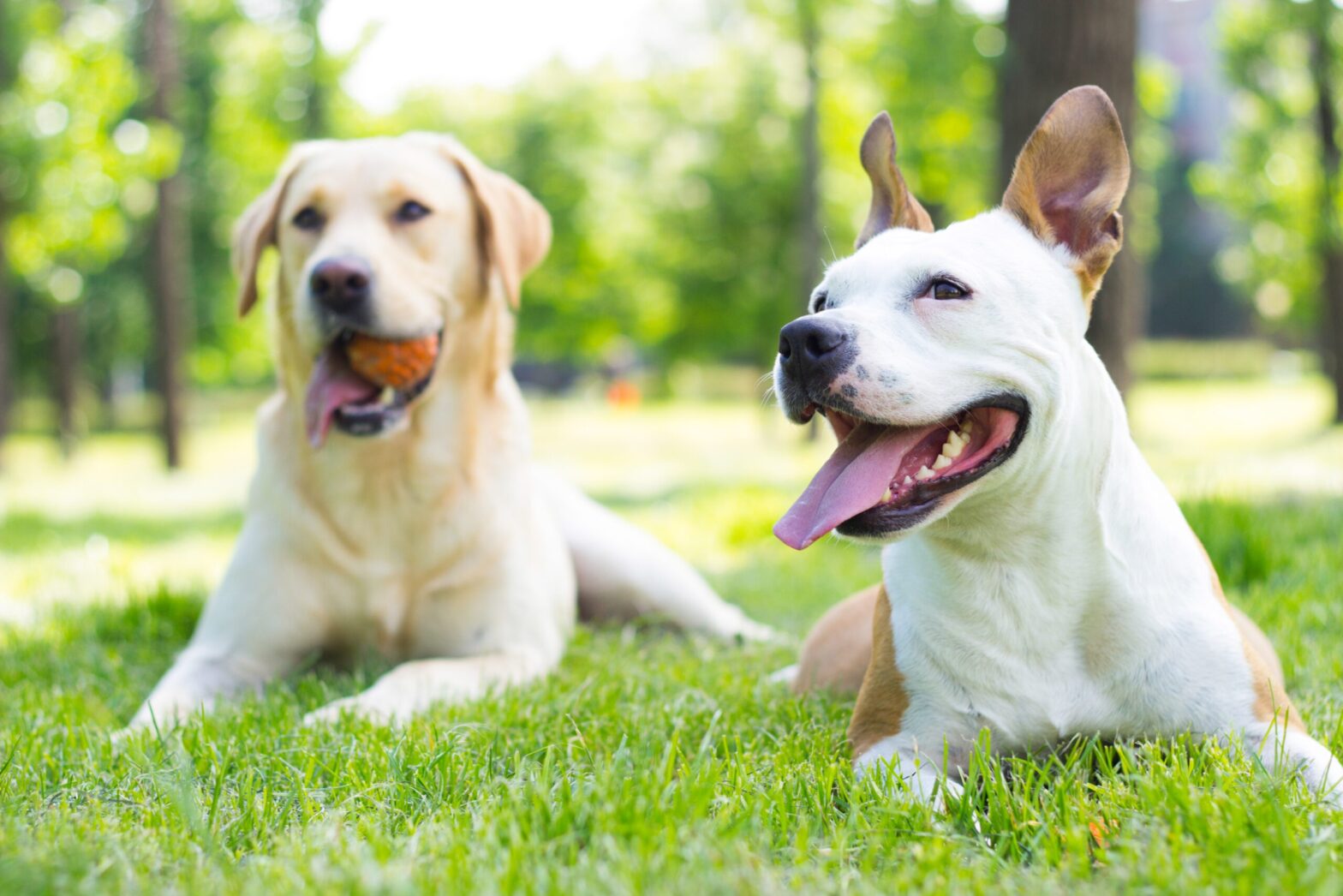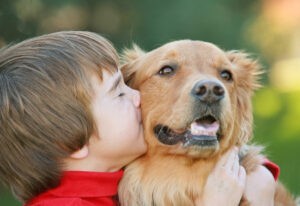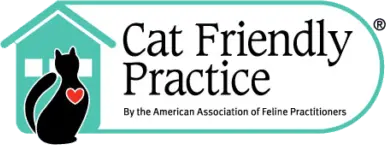As a devoted dog owner, you strive to keep your pet safe and healthy. However, some threats are invisible to the naked eye and hide in the places you’d least expect, such as the ground your pet walks on or a seemingly harmless puddle.
Leptospirosis, a potentially deadly bacterial infection, is one such threat. Protect your dog, and yourself, from this sneaky zoonotic threat. Learn what you need to know about ‘lepto’ in this article from the UrgentVet team.
“Bac” to school: Leptospirosis 101
Leptospirosis is caused by a microscopic bacteria (Leptospira) and is transmitted through several means, including:
- Direct contact with urine from an infected animal (e.g., wildlife such as rodents, raccoons, and deer)
- Exposure to standing water sources such as ponds, lakes, and puddles
- Contact with contaminated soil
Dogs become infected when their mucous membranes, including their eyes, mouth, and nasal passages are directly exposed to infected urine, water, or soil, which may occur when drinking from or swimming in contaminated sources.
Leptospirosis infection can range in severity from mild to severe. While some affected dogs show no signs, others experience significant illness. Leptospirosis spreads throughout the body and can lead to kidney or liver failure as well as bleeding disorders and heart muscle damage. Early diagnosis and treatment may improve your pet’s outcome.
Uh-oh, lepto? Recognizing signs in dogs
Second to knowing where your dog may encounter leptospirosis is knowing how to recognize its clinical signs. Unfortunately, because multiple bacteria strains cause leptospirosis, dogs can show a range of generalized illness signs, including:
- Lethargy
- Fever
- Vomiting
- Appetite loss
- Trembling
- Increased thirst and urination
- Jaundice (skin yellowing)
- Diarrhea
- Pinpoint bruising on the gums
- Stiffness, tenderness, or soreness
A zoonotic threat: Dog owners and leptospirosis
Although rare, leptospirosis can be transmitted from dogs to humans. This is known as a zoonotic infection. Dog owners experience the greatest risk while caring for infected dogs. Your veterinarian will advise you on how to minimize transmission risk during your dog’s treatment such as practicing proper hygiene when removing pet waste, wearing gloves while cleaning urine accidents, and washing your hands after interacting with your dog.
What to expect: Leptospirosis diagnosis and treatment for dogs
If your dog is sick, your UrgentVet veterinarian will rely on key information such as your pet’s recent travel history and activities (e.g., swimming, hiking in wildlife areas) to determine if leptospirosis may be to blame for their illness, so tell your veterinarian about any recent potential exposures.
Your veterinarian will then perform a full physical examination to look for other signs such as abdominal pain, lymph node enlargement, or fever. Blood work and imaging, such as X-rays or ultrasound, are also recommended to assess your pet’s kidney and liver health and identify any changes in their lungs.
Leptospirosis treatment depends on your dog’s illness severity and test results. Antibiotic therapy and supportive care are generally sufficient for dogs with mild infections, while more aggressive interventions, including hospitalization, fluid therapy, and oxygen support, may be needed for dogs with acute (sudden) kidney or liver failure. Despite treatment, organ damage may be permanent in some dogs.
Protect your dog: Preventing leptospirosis infection in dogs
As an invisible threat, prevention and proactive safety measures are the best way to protect your dog against leptospirosis infection. Recommended preventive measures include:
- Leptospirosis vaccination — The leptospirosis vaccine protects against four common leptospirosis strains and may provide cross-protection against other strains. Although vaccinated dogs may still be infected, vaccines minimize clinical signs and severity. Vaccination requires two initial doses followed by an annual booster and is now considered a core vaccine for dogs.
- Avoid standing water — Do not allow your dog to swim or drink from creeks, ponds, lakes, or other areas with slow-moving water.
- Remove potential reservoirs from your dog’s environment — Discourage wildlife from your backyard by removing feeders, trash bins, and other attractors.
- Supervise your dog outdoors — Supervising your dog’s activities can ensure you know whether they’ve potentially been exposed to infected water or soil.
- Monitor your dog’s health — Being aware of your dog’s daily routine, including how much they eat and drink, their elimination habits, and energy levels, can help you recognize subtle changes, so you know when to seek prompt veterinary care.
Leptospirosis is a serious zoonotic disease that poses significant risks to dogs and humans. Recognizing the signs and understanding the transmission methods are crucial steps in protecting your canine companion. By taking preventive measures such as vaccination, avoiding stagnant water, and reducing exposure to wildlife, you can significantly reduce your dog’s infection risk. While enjoying the great outdoors is a key part of your dog’s well-being, staying vigilant and proactive will ensure you make only memories and leave with your dog’s health intact.
Is your dog experiencing leptospirosis signs? UrgentVet can help. Our expertly staffed, conveniently located, after-hours clinics provide skilled urgent care for sick and injured pets with non-life-threatening conditions. Find a location near you and check in online, because your pet can’t wait to feel better.








